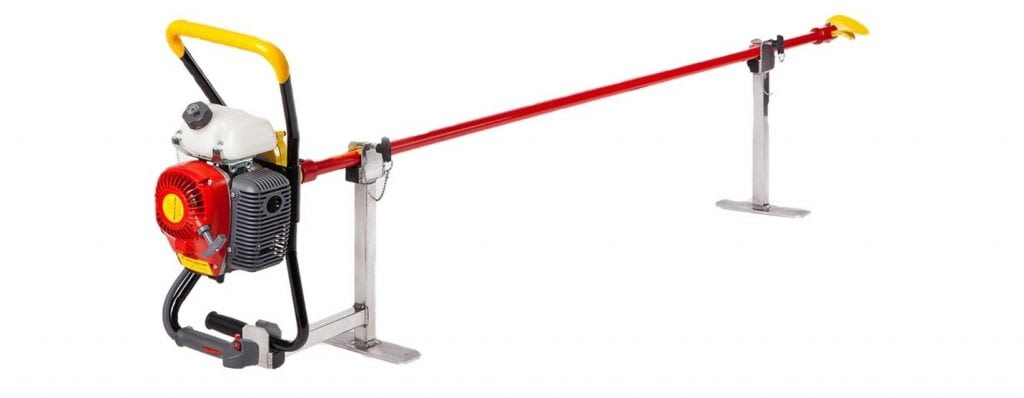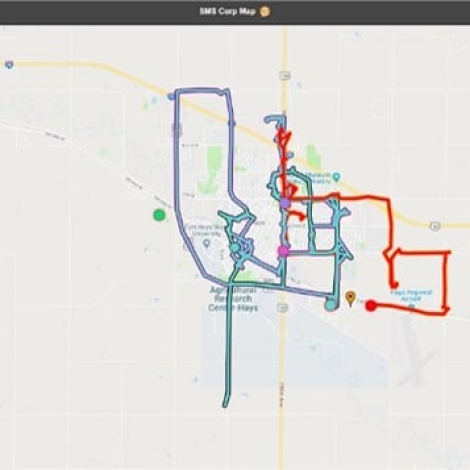If the world is going to meet the United Nations’ Sustainable Development Goal of universal access to basic sanitation by 2030, we may need to realize solutions faster, better and cheaper. Promising progress has been made, thanks to the efforts of governments, multi-lateral institutions, capital deployment, and entrepreneurs. But there is one approach to solving the problem that has not been well explored.
We should accelerate the translation of technology from developed markets and ramp up the rate of technology brokerage. Let me explain with a flashback to the emergence of early sanitation science. People have separated our waste from our living spaces since before recorded history, but we first understood why it is so important when Anton van Leeuwenhoek saw microbes in water under his microscope lens in the 1670’s. More than a century later, John Snow discovered the spread of cholera branching through London from a hub at the Broad Street Pump in 1854. Those moments in sanitation history exemplify the centuries of engineering principles that we have to leverage. The world’s engineers and scientists have been chipping away at sanitation solutions for quite some time.
Consider these events as idea laboratories where solutions are cultivated.
That knowledge provides an opportunity to get creative with how we tackle sanitation today. For example, we can introduce existing solutions to new geographies or combine past work to create new and improved systems[1]. In the United States, two popular events put sanitation on the center podium and are prime venues for some wheeling and dealing of technology: The Water Environment Federation Technical Exhibition and Conference (WEFTEC) and The Water and Wastewater, Equipment, Treatment and Transport Exhibition (WWETT Show). Both of these conferences provide an opportunity for inspiration and innovation for access to sanitation.
Take the newest trenchless pipe repair technology from PERMA-LINER Industries and consider how it could assist with renovating pour-flush latrines in disrepair. Imagine what could be done using the best technology for sludge transport in emerging markets. The possibilities are endless.
Beyond networking and education, consider these events as idea laboratories where solutions are cultivated. Mix and match technologies with pressing issues in mind. By engaging in this mindset, I discovered several promising applications while at the WWETT 2018 show in Indianapolis.
The Crust Buster
The Crust Buster is an upgraded two stroke engine that interfaces with a variable length shaft and customizable impeller. Yes, a weed-eater for fecal sludge does exist and it’s pretty powerful. The product homogenizes fecal sludge to facilitate efficient pumping in septic tanks, a result that is direly needed when emptying pit latrines. At a base price of (USD) $1355, the Crust Buster may not be the right solution for many parts of emerging markets, but the concept can provide fodder for inspiration.

The Crust Buster is a fecal sludge agitator powered by a 2.5 HP engine and made in Minnesota, USA. Photo: crustbusters.com
Sensing Hardware
A recurring theme throughout the show was the application of sensors for monitoring, tracking and, equipment operation. ADS Environmental, CRO Software Solutions, and Garnet Instruments demonstrated their solutions to each. ADS employs an “Internet of Things” (IoT) connected ultrasonic sensor for stand-alone manhole monitoring. CRO provides a platform for fleet tracking and optimization. And Garnet’s product is a robust level sensor that informs tanker drivers of the fluid levels they are hauling. With sensor hardware and IoT connectivity gaining traction and decreasing in price, the potential is high for technology translation to emerging markets.

Left to Right: ADS Ultrasonic Manhole Monitor, CRO Software Solutions Route Optimizing Platform, and Garnet’s Tank Level Sensor. Photos: adsenv.com, crosoftwaresolutions.com
These are only a few of the technologies available to study and leverage. Other examples include solids-handling pumps, vacuum tanks, on-site treatment improvements for septic tanks and leach fields, and a wide array of treatment approaches including forms of anaerobic digestion, dewatering, and high energy, short wavelength UV light for bacterial sterilization. A more inclusive list of technology options for sanitation can be explored in the mind map below.
In short, to meet the sanitation SDGs, we may not need to reinvent the wheel (or the toilet). Instead, consider how the wheel can be used in a different capacity. For example, take the newest trenchless pipe repair technology from PERMA-LINER Industries and consider how it could assist with renovating pour-flush latrines in disrepair. Imagine what could be done using the best practices and technology for sludge transport in emerging markets. The possibilities are endless. Remove boundaries, become a technology broker, and connect otherwise disconnected markets to help bring access to sanitation for all.
[1] Hargadon, A., & Sutton, R. I. (1997). Technology Brokering and Innovation in a Product Development Firm. Administrative Science Quarterly, 42(4), 716.


Hi Tom,
Very well written and thoughtful piece. We need a way to translate these technologies and solutions at an affordable price point for developing countries and find appropriate business models to get into those markets. Look forward to more such articles from you.
Best
Satya
Agreed! Thanks Satya!